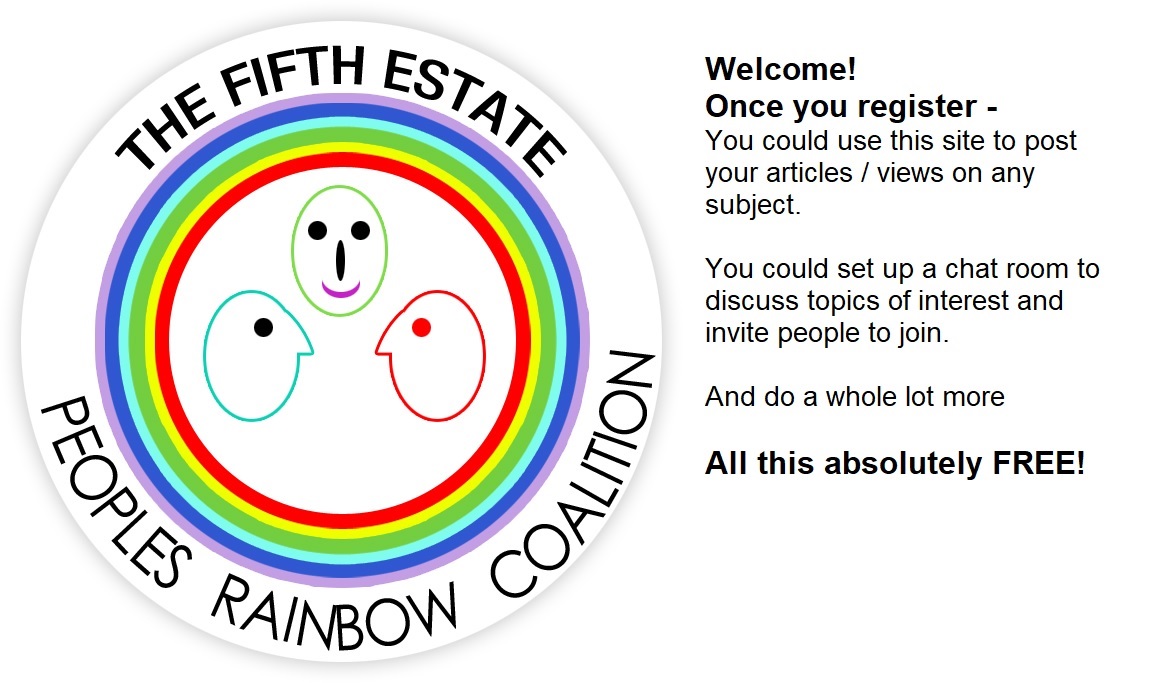How to use RTI
How to USE RTI?
In the editorial on Friday, 29 April 2016, I had pointed out how there is a move afoot to scuttle the RTI Act, which has become a thorn to most politicians.
While people would certainly thwart any such machinations, it is also necessary to know how to use RTI most effectively. It is indeed the most powerful tool in the hands of the people to rein in their representatives as the latter strut around like rulers.
RTI shines the torchlight of transparency into dark corners where conspiracies are hatched for swindles and scandals of public monies. The argument advanced by some that RTI could and is used by certain applicants for blackmail is rather silly. Blackmailers could use any information regarding transgressions of any law, say, the mining regulations, for blackmail. In fact, some silence is often bought without the potential blackmailer's effort.
To use RTI for improving governance one must know firstly, the RTI Act thoroughly and then know what to look for in which are of government and what the objective is.
The RTI Act has several provisions that one must be familiar with. The definition of "Information" must be clearly understood. The objective of the Act should be appreciated. It is to make Government transparent. It should also be anticipated that officials will attempt to delay and deny information, not only when they are corrupt, but also because the very act of seeking information sets them up to take a position of "We vs They".
It is always useful to ask for copies of documents and request inspection of files.
Most people are unaware that reasons for government decisions may sought. Sec 4 (1) (c) and (d) provide for this. These two clauses are the essence of RTI.
Now, look at the objective of filing RTI applications.
First, the objective. For example, one could set up an objective as ensuring proper implementation of the Right to Food Act (RTF); or preventing corruption in building sanctions by Municipalities.
Once the aim is clear, the next step is to study the laws, regulations and rules applicable to the department and activity. Next, one examines the processes to see where corruption or inefficiency could lurk. For instance, in RTF, it could be in denial of BPL ration cards or delays in issuing these.
One should ask for processes, responsibilities, manuals or laid down procedures, time stipulations, status of sample applications etc. One could ask for statistical information which would reveal efficiency or the lack of it.
One could have the application in a tabular format to facilitate ease of reply as well as monitoring validity / completeness of replies.
RTI is sometimes like a cross-examination with adamant officials who are bent upon denial of information. It is a prolonged process and needs perseverance and meticulous follow up.
http://timesofindia.indiatimes.com/india/Politicos-resentment-against-RTI-out-in-the-open/articleshow/52033589.cms
 | Politicos' resentment against RTI out in the open - Times of India |













